Son Cubano: Brief Description
$4.99
The music of Cuba has its principal roots in Spain and West Africa.
Their fusion produced a large set of unique, distinctive genres. Throughout Cuba’s changeful history (Spanish conquest, slave trade, U.S. dominance, socialistic revolution) different traditions flew in. Amongst them: Spanish peasant folk (punto, zapateo, guajíra), West African sacred rituals (by yorubas, palos, fons), European music and dances (habanera, danzón, zarzuela), modern show entertainment and recording. (rumba, mambo, cha-cha, jazz, salsa).
Concerning Afrolatin traditions self-organized social clubs of African slaves (“cabildos”) were of particular importance since abolition in 1868. They were formed along tribal heritages like Yoruba (Lucumi/Nagò in Cuba), Congolese (Palo in Cuba), Dahomey (Fon/ Arará), and others (Carabalí, Abacúa). Their religions merged with catholicism to different afrocatholic rituals (“santerías”), which formed Cuban music strongly.
The Son Cubano originated in the Eastern region of Cuba (Oriente) during the second half of the 19th century as rural song folklore of guajíros (peasants, farmers), accompanied by tiple, guiro, and botija in a repetative style. Soon it spread to the capital Havanna, where it blended with urban Afrolatin dance and percussion (“rumbas”), played in a typical pattern (“clave”) on drums, cajón, marímbula and claves (see below): result was a fusion and new genre called “Son”.
As Havanna’s entertainment sector grew rapidly Son music became popular and the most important genre. With an emerging record industry and U.S. linked show business Afro-Cuban street culture and its artists soon gained international popularity. Since the 1930s its derivatives, especially salsa, have spread across the world.
Its most characteristic instruments are tres, bongós, claves, guitar, early botija or marímbula; its unique core (“clave pattern”) is a 3-stroke pattern (“tercillo”) and a 5-stroke pattern (“cinquillo”).
Tercillo:
Cinquillo:
Both patterns originate in Western Africa. Layered they make an essential Afro-Cuban percussion (also found in other African diapora):
Clave pattern:
This pulse undergirds rumba, conga, son, mambo, salsa, Latin jazz, and also many kinds of non-cuban dance music.
On the whole Son Cubano has been immensely influential: it is essential base of Latin standard dances, Latin jazz or modern Salsa, and influenced strongly the Congolese soukous, Argentine tango, Ghanaian high-life, West African afrobeat, Dominican merengue, or Colombian cumbia .
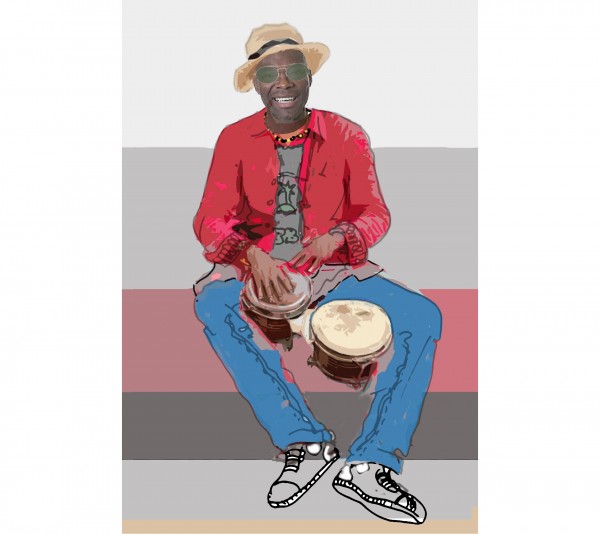


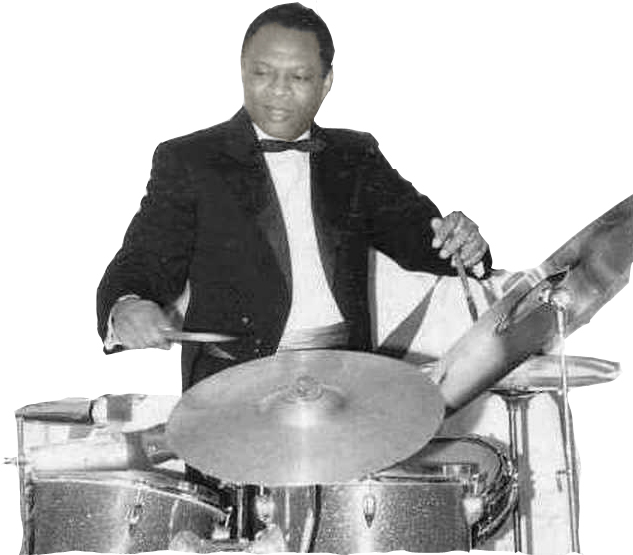
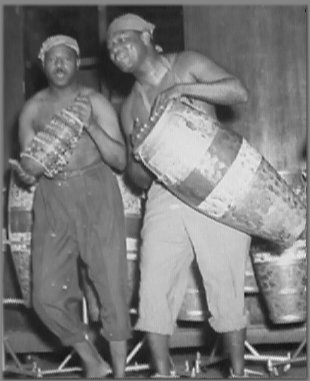
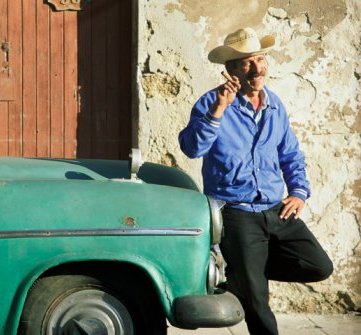
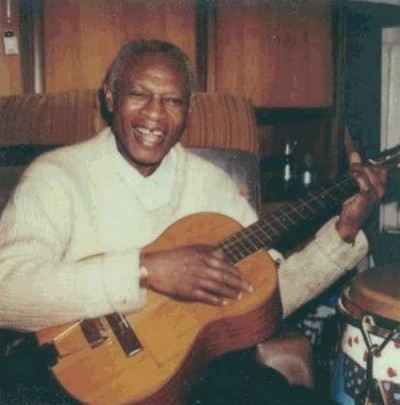
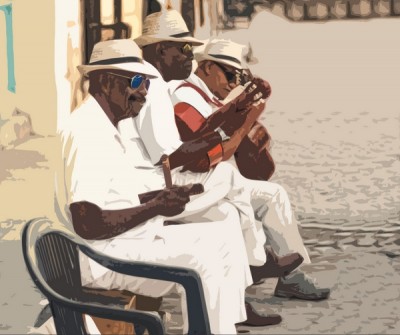
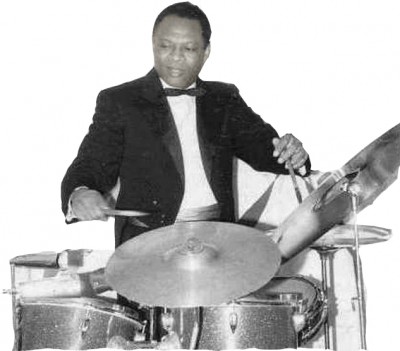
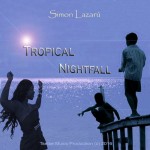
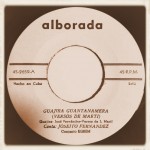
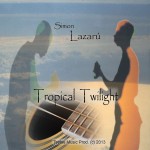
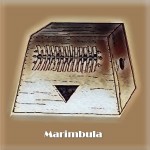
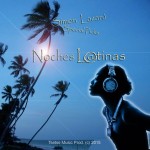
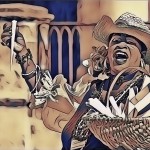
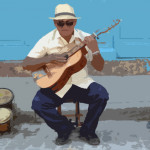
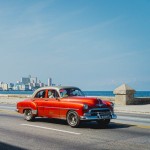
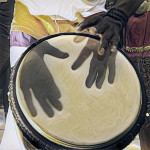
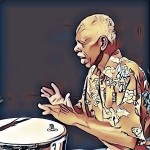
Reviews
There are no reviews yet.